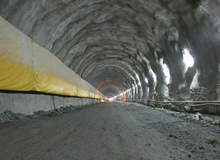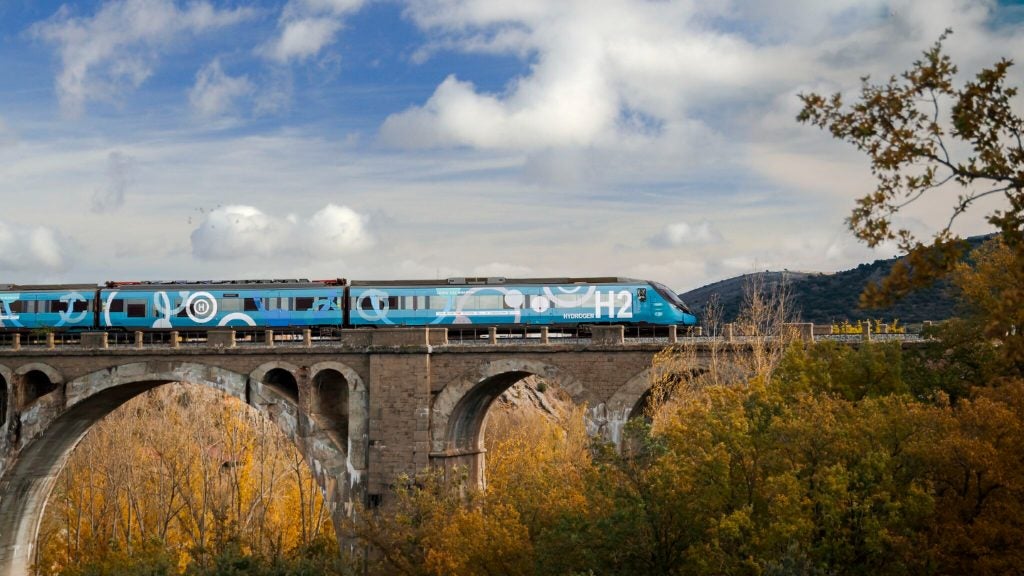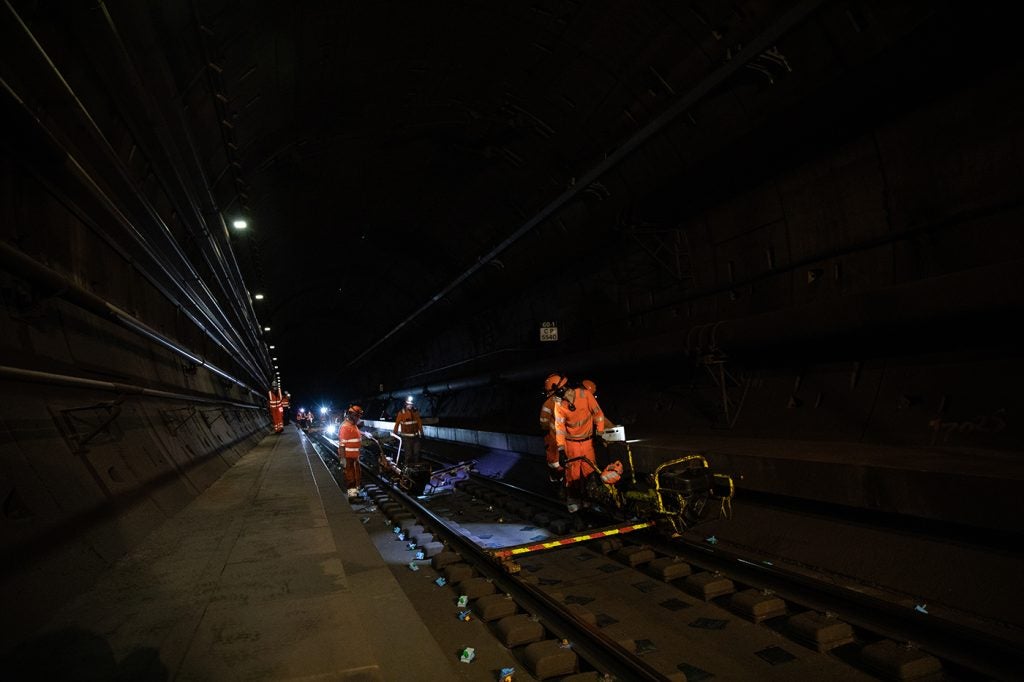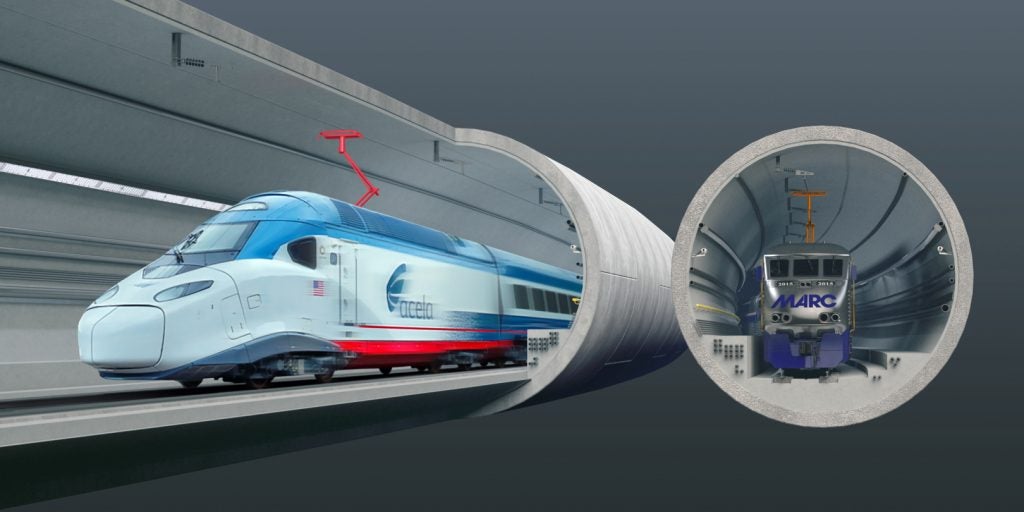
With 70% of its landmass classified as rugged terrain, it is perhaps no surprise that a ‘straight line’ method has been predominantly adopted in South Korea for the creation of tunnels and bridges used for road and rail construction. Given the dominant presence of granite and limestone rock, drill and blast has naturally emerged as the preferred method for tunnel advance.
Such methods, however, have evolved extensively in recent years, as exemplified by the construction of the Kyung-Chun Railway Line which is providing a complete double-track link between the South Korean city of Chunheon and the capital of Seoul. During the construction of the Kang Chon 1 Tunnel of the 7th Zone of the Kyung-Chun Line, the opportunity arose to fire three ‘full face’ tunnel rounds using the i-kon electronic blasting system, which enabled the construction team to perform some preliminary assessment versus conventional pyrotechnic signal tube initiation.
Our sister publication Tunnels & Tunnelling International (www.tunnelsonline.info) took an exclusive look into South Korea’s early experiences with electronic blasting systems for developing transport infrastructure.
The magazine was talking exclusively to David Kay of Orica Mining Services, and Young-Suk Song of Hanwha Corporation’s Commercial Explosives Division.
Measuring up the challenge
See Also:
The Kang Chon 1 Tunnel is one of several on the seventh section of the Kyang-Chun Line. When completed, the tunnel length will be 2,500m with cross-sectional dimensions of 10.6m wide by 8.4m high and a face area of 88m². Standing in its way is a combination of granite gneiss or banded gneiss with sporadic quartz dykes and scattered cubic jointing. A rock mass rating (RMR) of the area gave a result of 66, indicating a medium hardness rock.
How well do you really know your competitors?
Access the most comprehensive Company Profiles on the market, powered by GlobalData. Save hours of research. Gain competitive edge.

Thank you!
Your download email will arrive shortly
Not ready to buy yet? Download a free sample
We are confident about the unique quality of our Company Profiles. However, we want you to make the most beneficial decision for your business, so we offer a free sample that you can download by submitting the below form
By GlobalDataFor a project of this kind the typical blasting parameters would be 116 x 45mm-diameter shot holes drilled with a V Cut (wedge), with a centre stab hole, for 3.5m round depth. Shot holes would then be charged with 32mm-diameter emulsion cartridge explosives (MegaMITE) and stemmed with wet sand plugs, while the perimeter holes would be charged with a 17mm pipe charge (FINEX).
Initiation normally uses a range of millisecond (20ms) and long period (100ms) non-electric detonators (HiNEL). To offset the timings the face is fired in four bunches which are fired with 0 to 42ms trunk-line delays.
However, given the accuracy and flexibility of the electronic blasting system it was decided to redesign the face timing based on a number of good blasting principles. The V Cut timing was left the same as conventional to minimise risk related to cut failure, giving three holes firing at any one instant.
Explosive results
Following the blasting, a series of images were taken of the perimeter at the completion of each blast for digital analysis, by assessment of half cast factor (HCF). Because of the change in rock type between the left-hand and right-hand sides, the results are presented as a series of comparisons: non-electric versus electronic, simultaneous versus delay and the difference between simultaneous and delay in each side of the tunnel face.
From these results it can be concluded that electronic blasting system firing has a positive influence on perimeter control compared to NE firing. It is also concluded that instantaneous firing of perimeter yields a better result than delayed firing. The HCF analysis technique confirmed those observations made in the field where an obvious difference between systems was noticed.
Measurements were taken of tunnel advance for each firing. Unfortunately, after some disappointing results due to a change in geology, for the bench mark blasts and the first electronic blast more shot holes were added to the round. No direct conclusions can be drawn here, other than the addition of more shot holes is significant to face advance.
Thoughts for the future
There are some good indicators as to where electronic blasting systems may offer value to tunnelling teams in South Korea in the future. The firing and measurements were taken in a production environment. This meant no special controls were taken opposite drill accuracy and charging. It could be said that the positive results are most powerful in that the sole change was initiation timing and accuracy.
Most obvious was the improvement to perimeter control, alongside the fact that vibration prediction proved to be more reliable will have value to tunnellers. Often cautious limits are set for the maximum charge weight to overcome variability in vibration results. Charge weight limitation usually results in shorter drill length and therefore reduced advance per cut. Being able to maximise advance for a given set of criteria is of enormous value.
The electronic timing designs were not optimised for vibration control. Opportunities exist to further refine these designs to give true single-hole firing to minimise charge weight per delay, helping South Korea and other nations better prepare for road or rail tunnel development.
This article originally appeared on our sister website Tunnels and Tunnelling International: www.tunnelsonline.info/






